The 6-Kingdoms of life -> reproductive organs
Reproductive Organs
Reproductive organs, also known as the genital organs, are the organs responsible for the production of offspring. These organs differ between males and females and are essential for the process of reproduction.
Male Reproductive Organs
The male reproductive system consists of several organs, including:
- Testes: These are the primary male reproductive organs responsible for the production of sperm and the hormone testosterone.
- Epididymis: This is a coiled tube located on the back of each testicle that stores and transports sperm.
- Vas Deferens: This is a long tube that carries sperm from the epididymis to the urethra.
- Prostate Gland: This gland produces a fluid that mixes with sperm to form semen.
- Penis: The male organ used for urination and sexual intercourse.
Female Reproductive Organs
The female reproductive system includes the following organs:
- Ovaries: These are the primary female reproductive organs that produce eggs and the hormones estrogen and progesterone.
- Fallopian Tubes: These are tubes that transport eggs from the ovaries to the uterus and provide the site for fertilization.
- Uterus: Also known as the womb, this is where a fertilized egg implants and develops into a fetus during pregnancy.
- Cervix: The lower part of the uterus that connects to the vagina.
- Vagina: The female organ used for sexual intercourse and as a passageway for menstrual flow and childbirth.
Study Guide
When studying reproductive organs, it's important to understand the functions of each organ, their roles in the reproductive process, and the changes they undergo during puberty and adulthood. Here are some key points to focus on:
- The production of sperm in the testes and its journey through the male reproductive system.
- The menstrual cycle and the release of eggs from the ovaries in the female reproductive system.
- The process of fertilization and the role of the fallopian tubes in transporting eggs and sperm.
- The hormonal regulation of reproductive processes, including the role of testosterone in males and estrogen and progesterone in females.
- The impact of puberty on the development of reproductive organs and the ability to reproduce.
Understanding the anatomy and functions of the reproductive organs is crucial for grasping the concepts of human reproduction and the changes that occur during different stages of life.
[Reproductive Organs] Related Worksheets and Study Guides:
.◂Science Worksheets and Study Guides Fifth Grade. The 6-Kingdoms of life
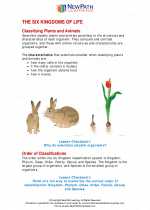
 Activity Lesson
Activity Lesson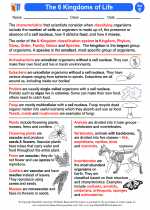
 Worksheet/Answer key
Worksheet/Answer key
 Worksheet/Answer key
Worksheet/Answer key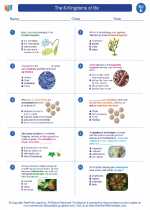
 Worksheet/Answer key
Worksheet/Answer key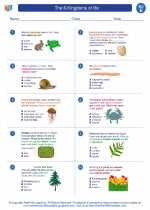
 Worksheet/Answer key
Worksheet/Answer key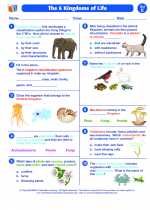
 Vocabulary/Answer key
Vocabulary/Answer key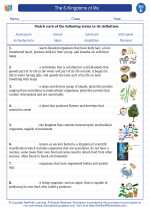
 Vocabulary/Answer key
Vocabulary/Answer key
 Vocabulary/Answer key
Vocabulary/Answer key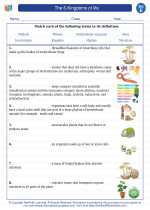
 Vocabulary/Answer key
Vocabulary/Answer key
